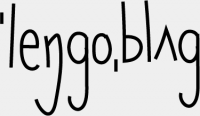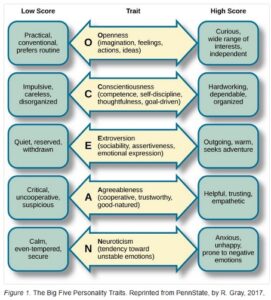Sietze Norder and languishing languages and islands
As a co-author of a recently published article on languages on islands, I was delighted to learn that there was a biologist who had written a book on islands in which he also wrote something about languages. The author of the book is called Sietze Norder.
I was even more delighted to learn that this researcher was now part of the research group of linguist Rik “Enrique” van Gijn in Leiden. At the end of the 1990s, Rik van Gijn was in Aarhus for half a year to write his thesis on the sound systems of mixed languages, for which he had sought my expertise. Van Gijn is now working at the University of Leiden on the languages of … ↪








